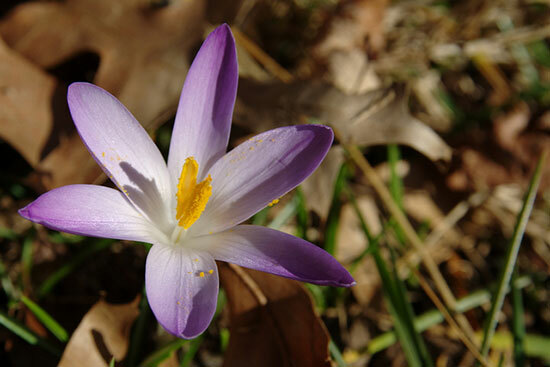Letter from Leadership: Harbingers of spring
The return of iconic wildlife means warm weather is coming back to the Chesapeake Bay watershed.
The days are growing longer, if not much warmer. I always enjoy the coming of spring. Given the winter we’ve had, even more so this year. Though we have clocks and calendars that tell us the time and signal the change of seasons, it’s the natural world’s harbingers of spring that give me true hope that the snowy, cold winter will soon be over.

Image courtesy John Cholod/Flickr
Trees, flowers and iconic species like American shad, striped bass and osprey have their own “clocks” that tell them when warmer days are on the way and it’s time to begin their return migration to the Chesapeake Bay and its rivers and streams. For me, those are the true indications that we will soon be able to enjoy warm weather and all of the outdoor opportunities our region has to offer. Somehow I trust them more than I do the calendar on my wall.
Just as plants and animals are emerging, many people seem to be itching to get outside once again. All around me, people are preparing their camping gear, planning their gardens and getting their boats ready for the water. Groups across the watershed are gearing up for their season of restoration, and their upcoming tree plantings and stream clean-ups will benefit communities and the environment. And our partners at the National Oceanic and Atmospheric Administration (NOAA) have re-launched several smart buoys that are part of the Chesapeake Bay Interpretive Buoy System (CBIBS), which were removed in winter to prevent ice damage. Some of these buoys are located along the Captain John Smith Chesapeake National Historic Trail, and they allow travelers to check real-time water and weather conditions and listen to narration about natural and cultural history.

Image courtesy Ferd/Flickr
I’m still waiting for the last true indicator of spring: that indescribable but unmistakable smell in the air. It’s hard to express in words, but you know it when it happens. The earth warms, flowers begin to bloom, breezes turn buttery and wildlife emerges. And the cycle—the rhythm of nature—begins anew. The sound of sails luffing is not far off.
Note: The opinions expressed above are those of the author and do not necessarily reflect U.S. EPA policy endorsement or action.

Comments
There are no comments.
Thank you!
Your comment has been received. Before it can be published, the comment will be reviewed by our team to ensure it adheres with our rules of engagement.
Back to recent stories